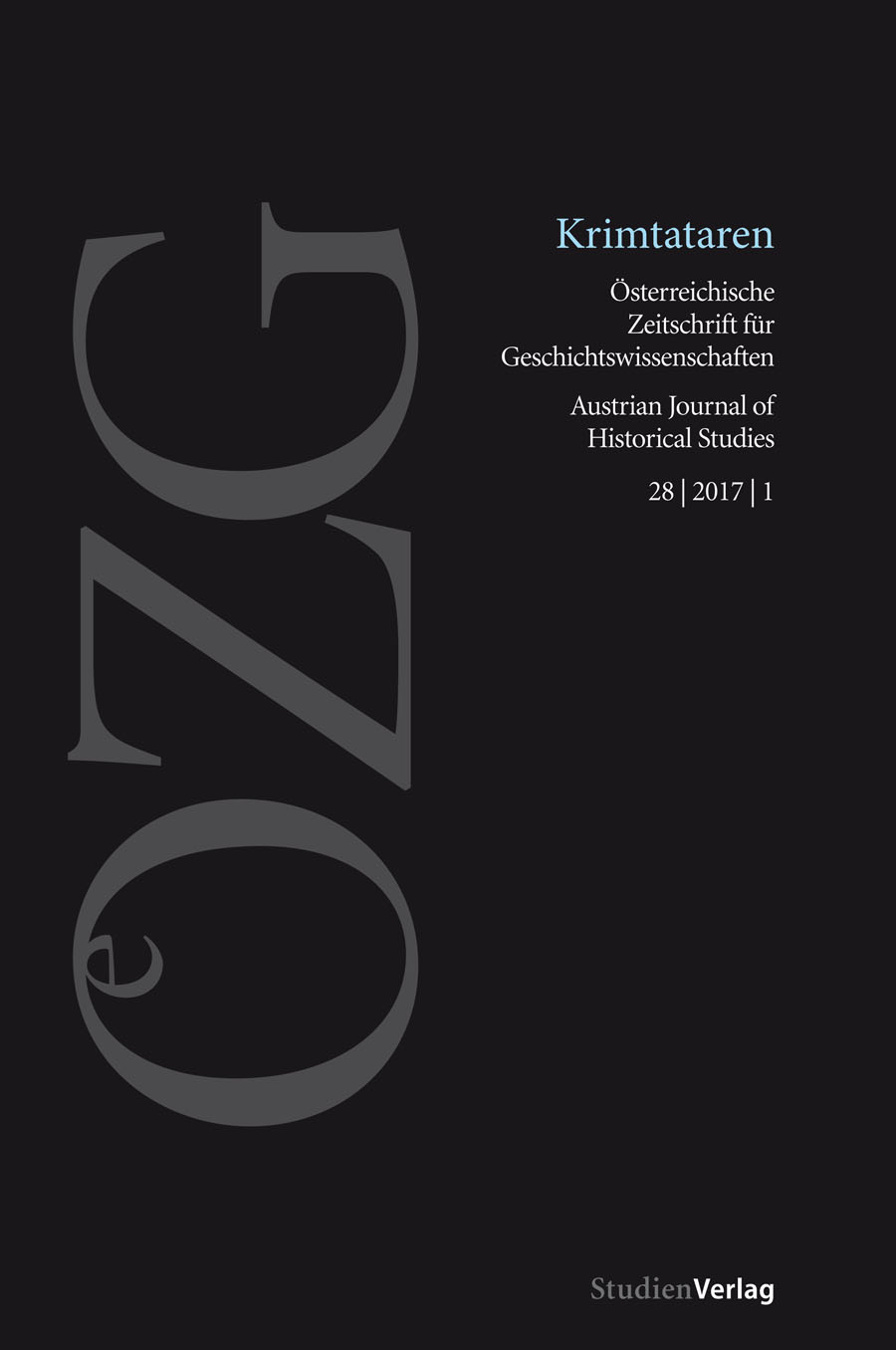The Crimean Khanate and the Rise of the Zaporozhian Cossackry
Erich Lassota’s Mission in a Diplomatic Context
DOI:
https://doi.org/10.25365/oezg-2017-28-1-2Keywords:
Crimean Tatars, Cossacks, Polish-Lithuanian Commonwealth, Habsburgs, 1593–1606Abstract
During the 15th and 16th centuries independent Cossack communities evolved in permanent conflict with the Crimean Tatars in the steppe regions north of the Black Sea. Though nominally under Polish suzerainty, the Cossacks vigorously asserted their independence. During the second half of the 16th century the Holy See and the Austrian Habsburgs considered the Zaporozhian Cossacks a potential ally capable of keeping the Crimean Tatars in check. Here it is shown how the conflict between Habsburgs and Ottomans provided the Cossacks with the opportunity to act as an independent local power. This paper shows that the conflict between Habsburgs and Ottomans provided the Cossacks with the opportunity to act as an independent local power, when Erich Lassota was sent to the Zaporozhian Sitch as Habsburg envoy. However, relations with the Zaporozhians turned out to be complicated, especially because of the specific make-up of the Cossack communities. Moreover, the Cossacks did not yet follow a clear policy in their relations with other powers. Thus the efforts to build up a long-term alliance failed. Nevertheless, the Cossack position as an opponent of the Crimean Tatars became well established.


